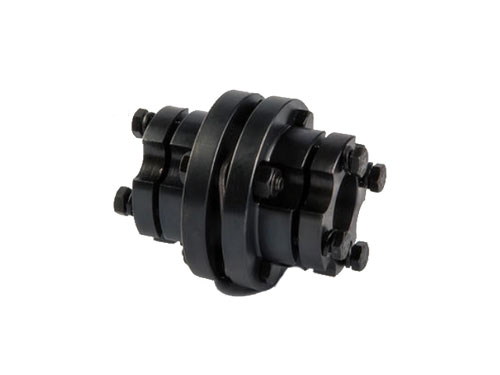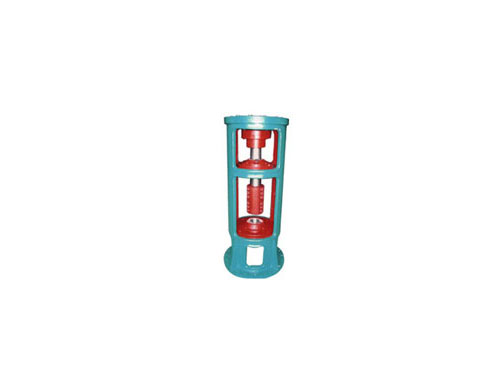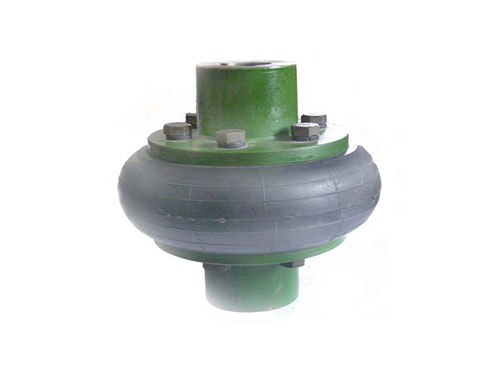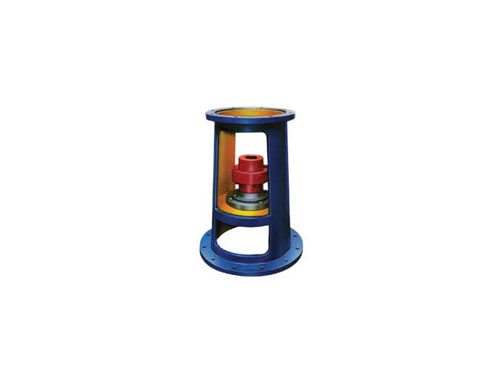 DJM expansion sleeve diaphragm couplingDJM expansion sleeve diaphragm coupling strength JZMJ type...
DJM expansion sleeve diaphragm couplingDJM expansion sleeve diaphragm coupling strength JZMJ type... XS type double fulcrum rackThere are two shafts arranged in the XS type double pivot frame...
XS type double fulcrum rackThere are two shafts arranged in the XS type double pivot frame... UL tire couplingUL tire coupling is a highly elastic coupling...
UL tire couplingUL tire coupling is a highly elastic coupling... JXLD frame (74 standard)The JXLD type of this rack series is suitable for...
JXLD frame (74 standard)The JXLD type of this rack series is suitable for... Clamping spline plum blossom elastic couplingClamping spline plum blossom elastic coupling...
Clamping spline plum blossom elastic couplingClamping spline plum blossom elastic coupling...Simple selection and installation of diaphragm coupling
Couplings are mostly used in machine tools and semiconductor-based machinery. In addition to their high rigidity, couplings should also have the ability to withstand repeated torsional loads with high elastic fatigue limits.The working environment is one of the important factors to consider when choosing a coupling, such as temperature, humidity, water, steam, dust, sand, oil, acid, alkali, corrosive medium, salt water, radiation and other conditions.For the working quality of high temperature, low temperature, oil, acid and alkali medium, it is not suitable to choose the flexible coupling with general rubber as the elastic element material, but should choose the flexible coupling of the metal elastic element, such as diaphragm coupling, Serpentine spring couplings, etc.
The diaphragm coupling is composed of two flange half couplings and a set of diaphragms that are fastened by screws to achieve rotation. The following requirements should be paid attention to when installing:
(1) Wipe clean the dust and dirt on the surface of the installation shaft, and apply a thin layer of engine oil or lubricant to the counterpart;
(2) Clean the inner hole of the diaphragm coupling and wipe it with oil or lubricant;
(3) Insert the diaphragm coupling into the installation shaft. If the hole diameter is too tight, please avoid hitting the installation with a hammer or hard metal;
(4) After the positioning is completed, first use a torque wrench (the specified tightening torque 1/4) to tighten the screws according to the diagonal direction;
(5) Increase the strength (1/2 of the specified tightening torque) and repeat the fourth step;
(6) Tighten the tightening torque according to the specified tightening torque;
(7) Then, tighten the fixing screws in turn in the circumferential direction;
Next:The connection between the diaphragm coupling and the shaft has a fixed form